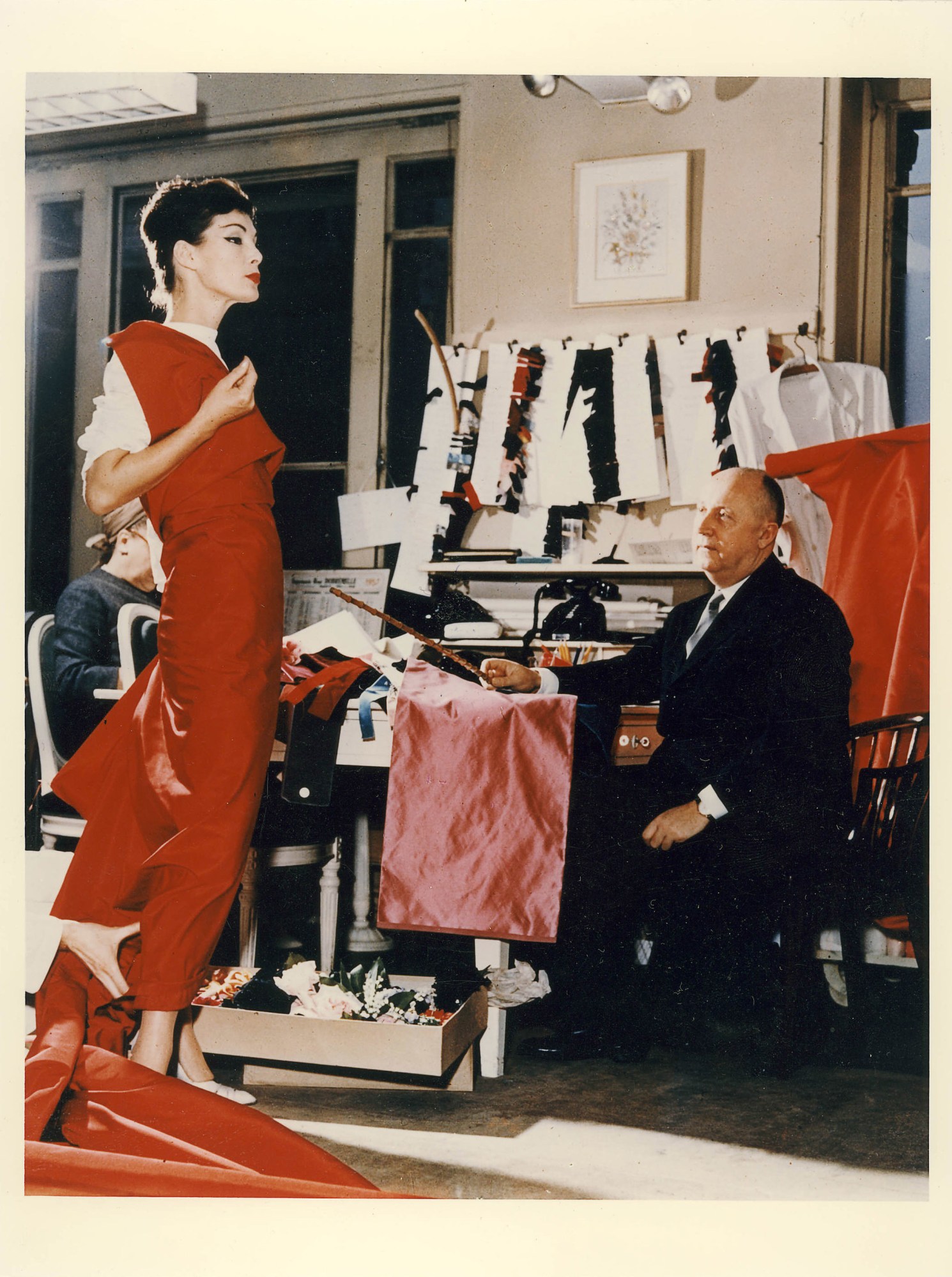When Christian Dior opened his couture house in 1947, he was already the respectable age of 41. He would go on to run the maison for just ten years before dying of a heart attack, shocking the fashion world who, even after the relatively short time, revelled in his original approach to his craft and dressing women. In that decade however, the visionary designer and astute businessman established the framework for a business that would allow it to run, under the respectful watch of subsequent chosen designers, for 60 more years and beyond.
Now, to celebrate Dior’s 70th anniversary, the National Gallery of Victoria in Melbourne is set to open an exclusive, never-before-seen exhibition. Featuring pieces from the earliest years, including the original, iconic shapes that would go on to influence designs for years and become universally-familiar signatures of the house, this will be Dior like you’ve never seen it before. As one of the most recognisable brands in the world, this comprehensive show promises to contain surprises for even the most ardent Dior admirers.
We were lucky enough to get an early look into the exclusive show, and asked curator Katie Somerville, who’s spent the last four years meticulously selecting from Dior archives and piecing the retrospective together, to talk us through the highlights and surprises that await.
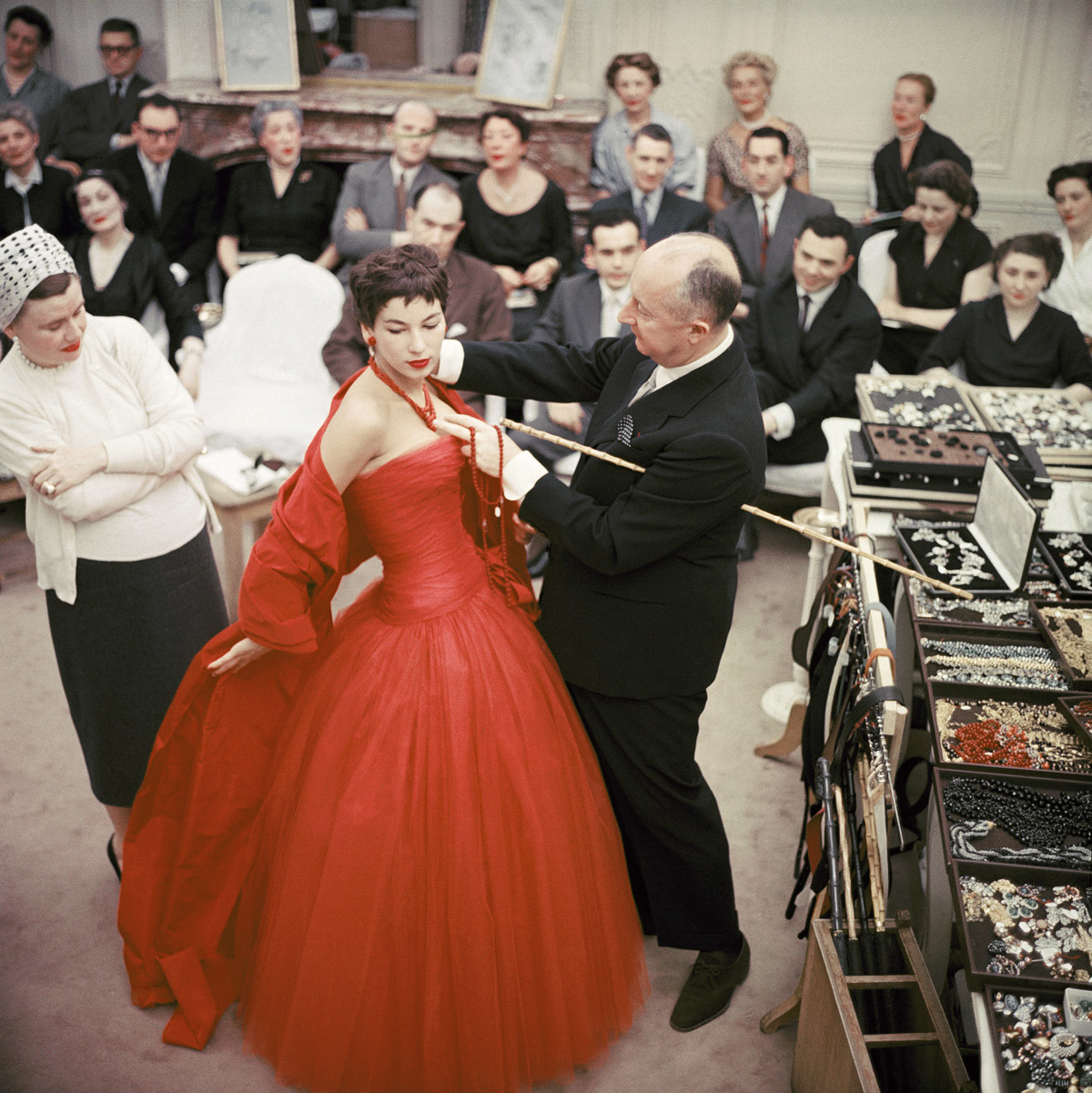
The New Look
“The first room covers roughly the first five years of the house and hones in on the early pieces including the famous Bar suit from spring/summer 47. In addition to works from the Dior archive in Paris, there are also some great early pieces from our own NGV collections. This room sets up the ideas that will carry through the rest of Dior’s career. While most people are aware of the glamour end of the spectrum including the high 50s silhouette, Dior daywear and its exceptional tailoring is a big part of the story too. It’s as much about the discipline and architecture of design, the way he’d create something and then figure out how to do it with one less seam, for example. This room will give a sense of that refinement. The early works are the hardest to source – these are couture gowns that were made for wealthy American women who might have eventually gifted them to museums. Despite that we have some great examples from The Met and V&A Museum and about twelve pieces from the private collection of American Vogue’s Hamish Bowles.”
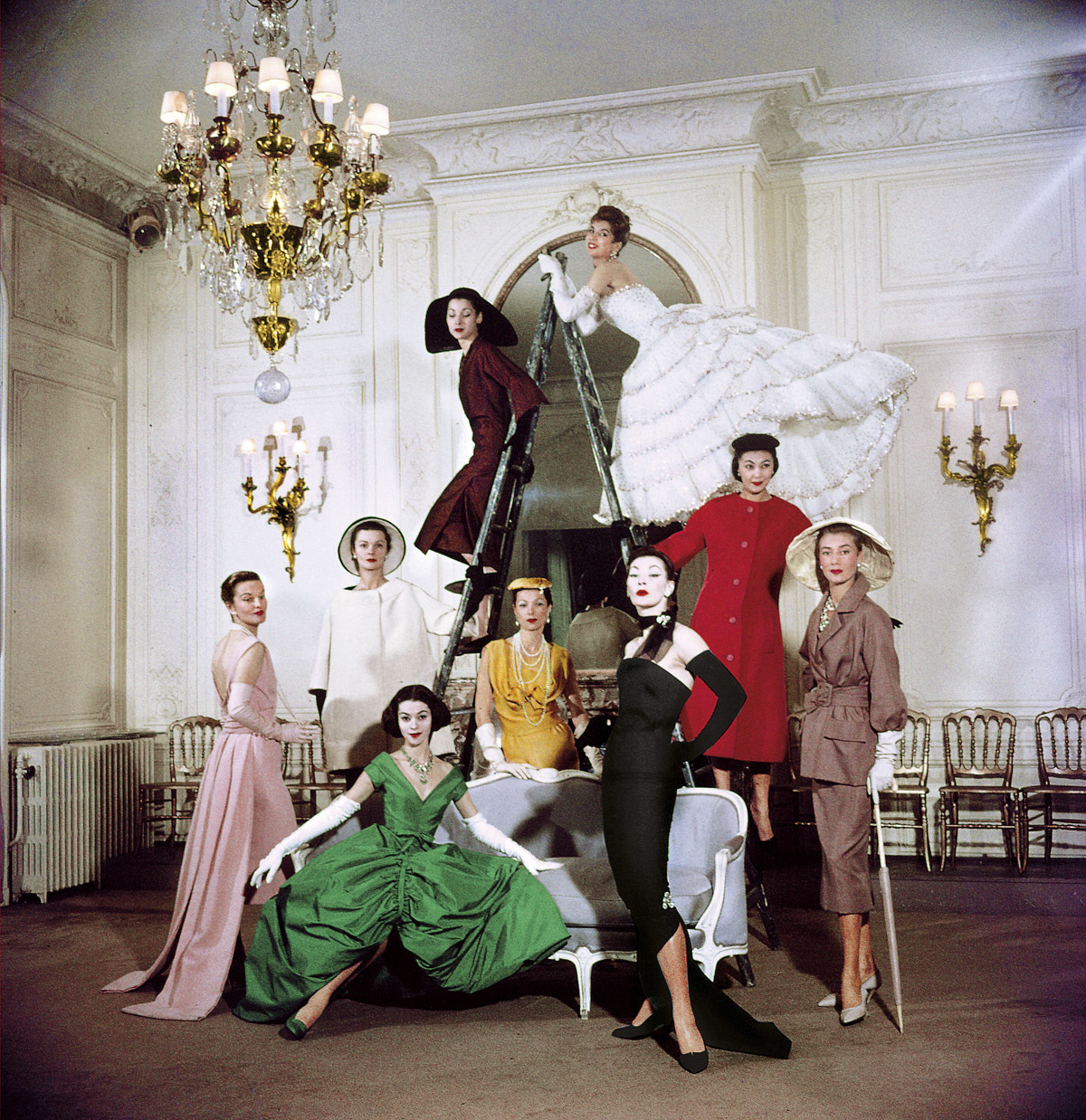
The Salon
“The next room will be an intimate space that reflects the interiors of the house and the symbols we’re so familiar with. This room will focus on Christian Dior’s legacy and identify some of the work of Gianfranco Ferre, Raf Simons and John Galliano and how they’ve gone back to the key silhouettes as a touchstone. It’s a double-height room so there will be pieces surrounding you. We’ve created a mezzanine, which can be accessed via a beautiful staircase we’re building, that is a recreation of the staircase in the Dior salon, an icon in its own right in terms of the story of the house. Until the 80s, all the collections were presented within the salons of the house. The models would get ready in a small room under the stairs and there would be people, movie stars and musicians included, squished up the stairs. It’s such an important symbol.”
“Dior was a prolific sketcher and the language he built around his collections revolved around the concept of ‘the line’. The silhouette would define the name of the line, leading to the Figure 8 Line, the Opening Flower Line then subsequently the Zig Zag Line and the A Line, amongst others. Dior loved flowers and this is another thread we’re following. Some of the garments are named after flowers and he named one whole collection after his favourite flower, the Lily of the Valley. Dior was quite a superstitious man and would sew a flower into the hemline of chosen garments before they were shown as a kind of good luck charm.”
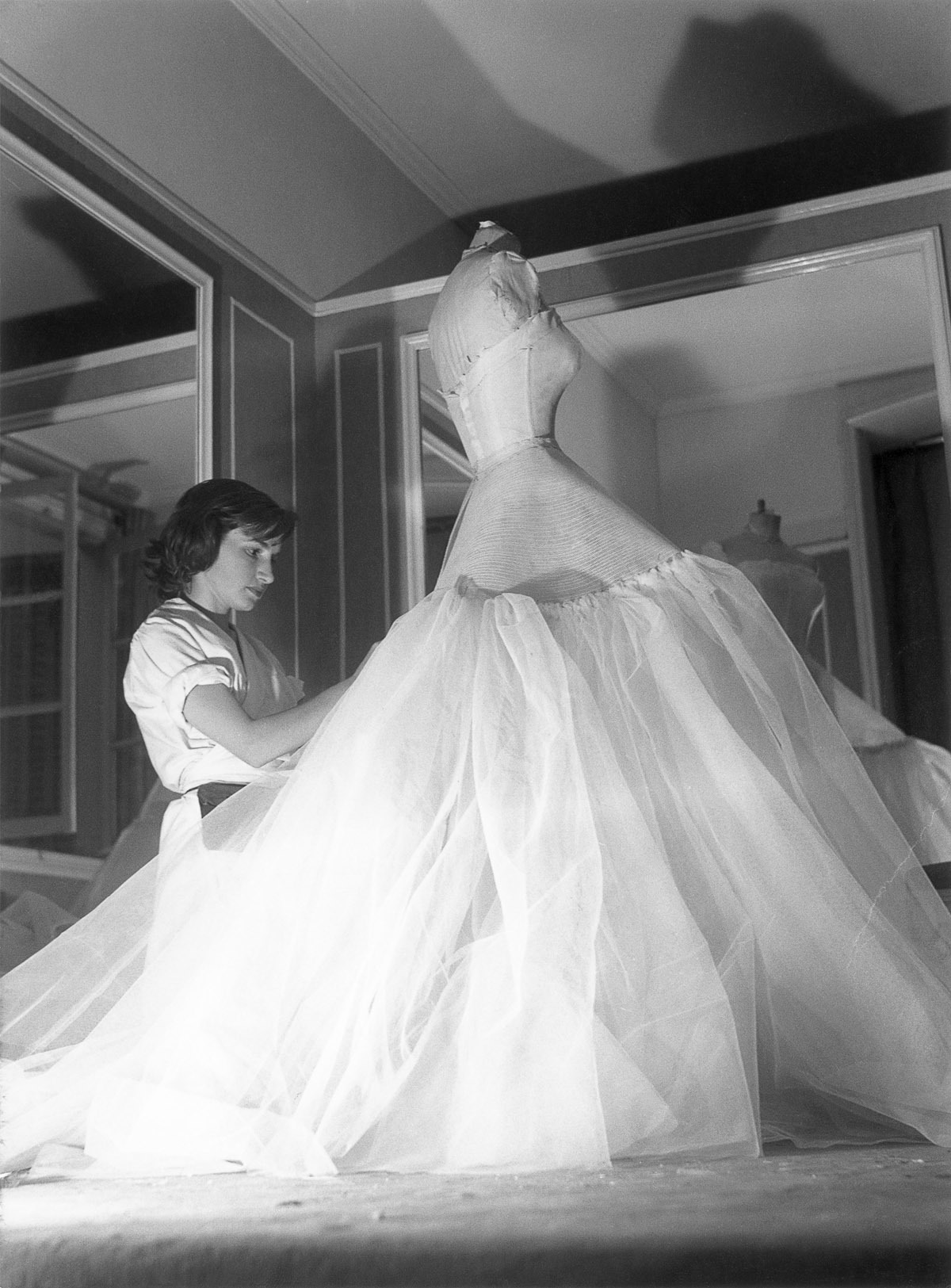
The Atelier
“Next we move into a recreation of the Dior atelier, or work room, which sits high up in the roof of the Parisian house, all fluorescent lit and with everyone in lab coats. This room gets to the heart of the idea that this exhibition is about haute couture. The Dior atelier has a wonderful rich history; when the house was established in 1946, Dior employed about 60 staff to work there, including a young Pierre Cardin. By the time you get to the height of Dior, there were over 500 people working in the atelier. Interestingly, today it’s back to roughly the original number of 60. This room will include some calico toiles and show how much information can be conveyed through them as well as film footage of the process of making a piece. For the opening and closing week we’ll actually have a few members of the atelier out from Paris, physically creating work in the space so people can interact and ask specific questions.”
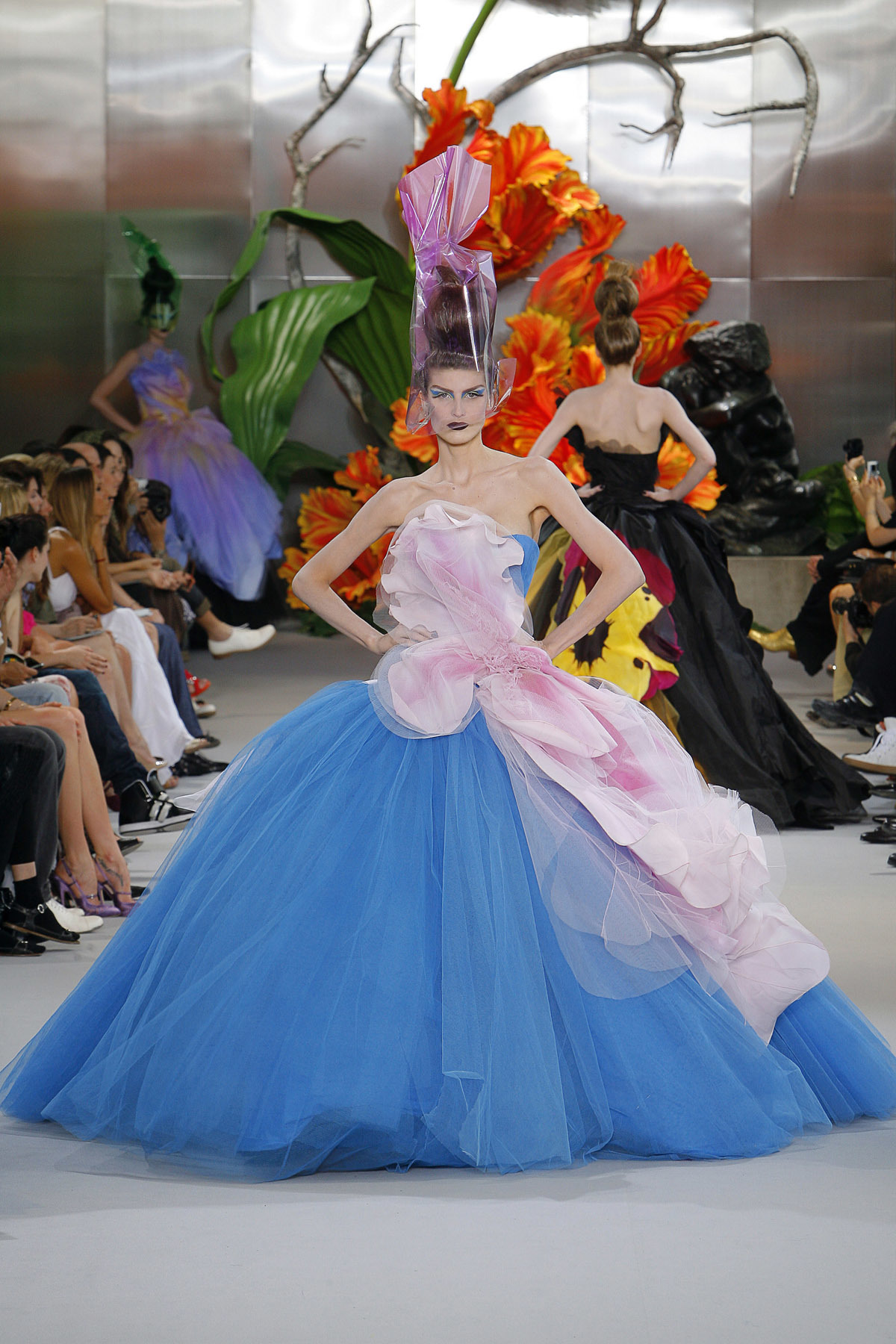
Dior Reinvented
“From there we move into a large space, which represents the first years after Christian Dior passed away. In the first instance it was a young Yves Saint Laurent, who had long been working within the house as an assistant, who was anointed as the next designer in line. Then we go designer by designer up to the current day, with pieces sourced to comprehensively cover the 70 years to 2017. This room allows each designer to reveal their take on Dior and what it meant to them. Mark Bohan, who followed on from Yves Saint Laurent, isn’t as familiar to people as the other designers perhaps but he was there for almost 30 years, during the 60s 70s and 80s. He was a quiet achiever and brought a kind of classic chic to the house. It was hugely successful and very wearable. Then you have the hot blooded Italian, Gianfranco Ferré, who was there through the late 80s and 90s. His work was much more theatrical and Baroque in feel – he liked big statements. It was also the era of the supermodel, so the catwalk started to pop during this period.”
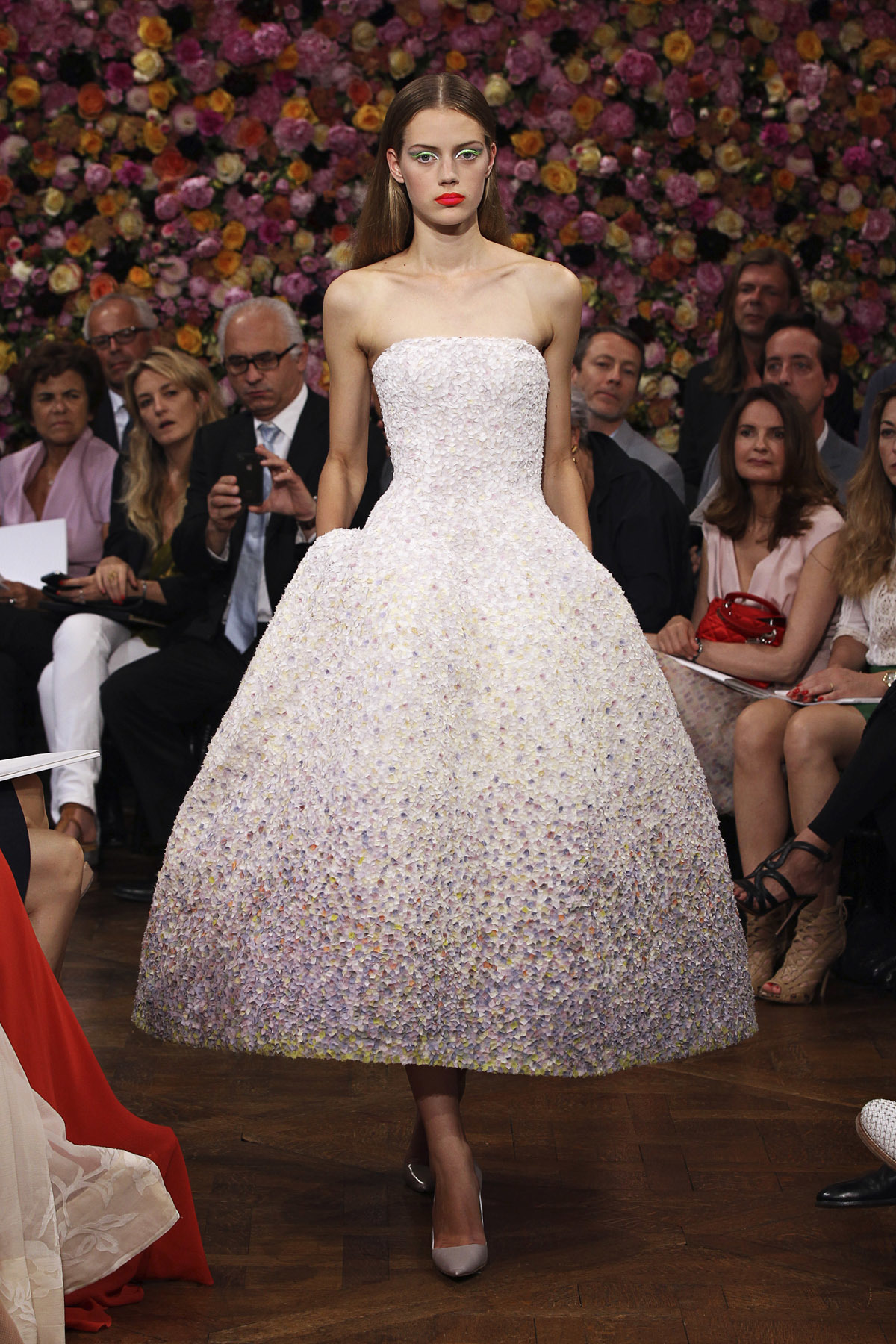
“Then we go into Galliano, who was there from 96-2011 and contributed so much. There are some early key pieces of his that speak to the bias cut and slip dress that became so popular. Many of Galliano’s pieces cleverly deconstruct the classic Dior garment and the workings of it. In many of his finished pieces, you can see exactly how the garment was designed and constructed. Then you have the shift to the streamlined, modernist work of Raf Simons, with lots of references back to the house but paring things back to their essence. Raf worked with the same techniques but rendered them in a contemporary way. Finally we have examples of the work of Maria Grazia Chiuri, who is bringing a truly modern feel to the house as head designer right now.”
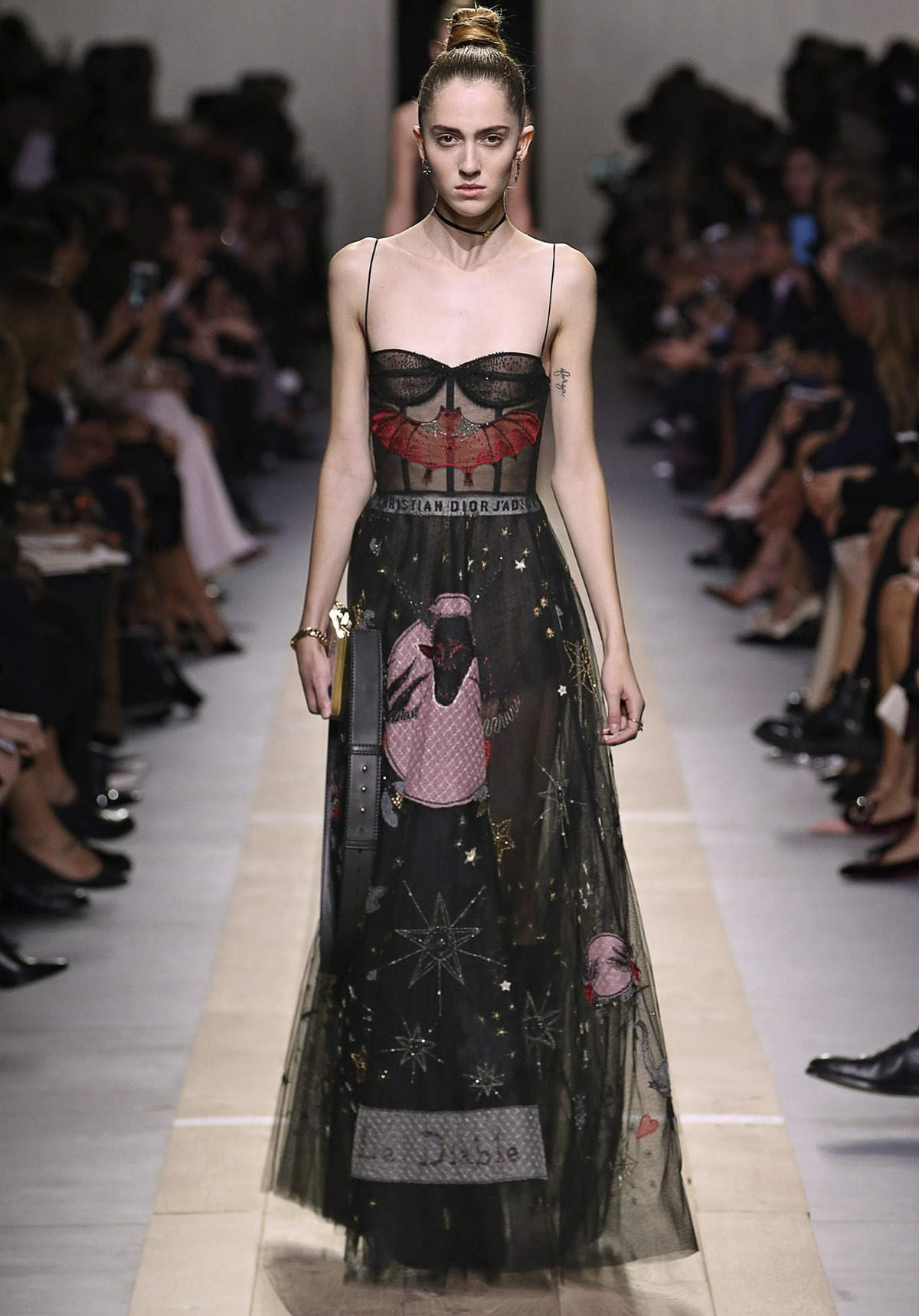
Top to Toe
“This room holds the Dior accessories, the exquisite shoes and hats from across the decades. Dior invented such an interesting model for his house and had a vision for every part of the outfit: from the dress and the hat to the stockings and shoes. We’ll show the work of Roger Vivier, who was responsible for iconic shoes like the stiletto and the comma heel and also the work of legendary milliner Stephen Jones, who has created hats for the last three designers.”
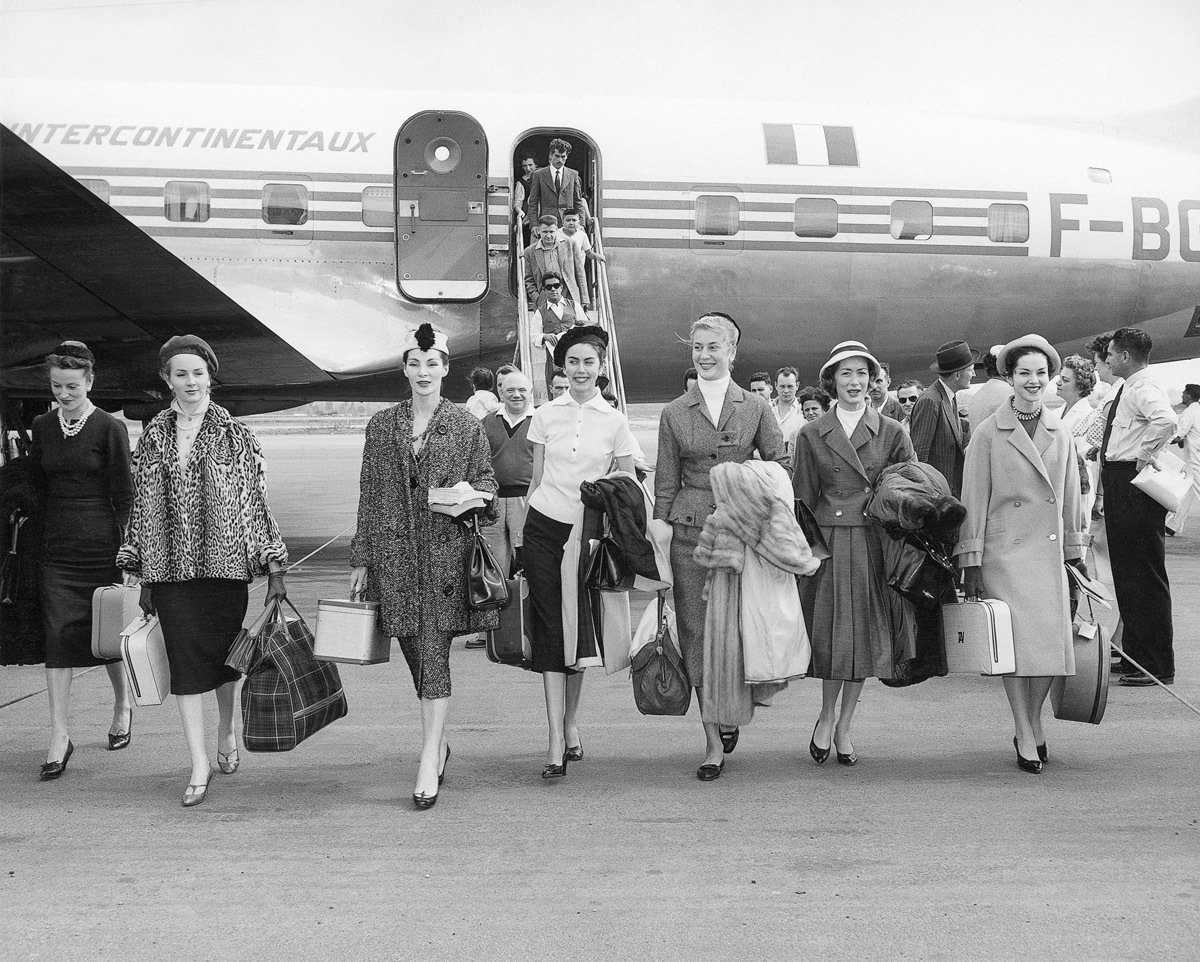
Dior and Australia
“This room focuses on on the long history and relationship between Dior’s with Australia. The focus is between the years of 1947-1957, when Dior garments were brought out by David Jones to be paraded for their customers. There are incredible images from the time and records of when they flew over an entire 50-garment collection for a dedicated display in 1948. It was considered a huge event at the time and the pictures are incredible. There’s also an example of a Qantas in-flight magazine which also featured work from the first Dior collection on the cover. As with most of his work, this is an example of Dior running his business as a global entity, rather than simply something to sell to the French women in the next few years. Everything in the exhibition reveals a little bit more information about why Dior is such a phenomenon.”
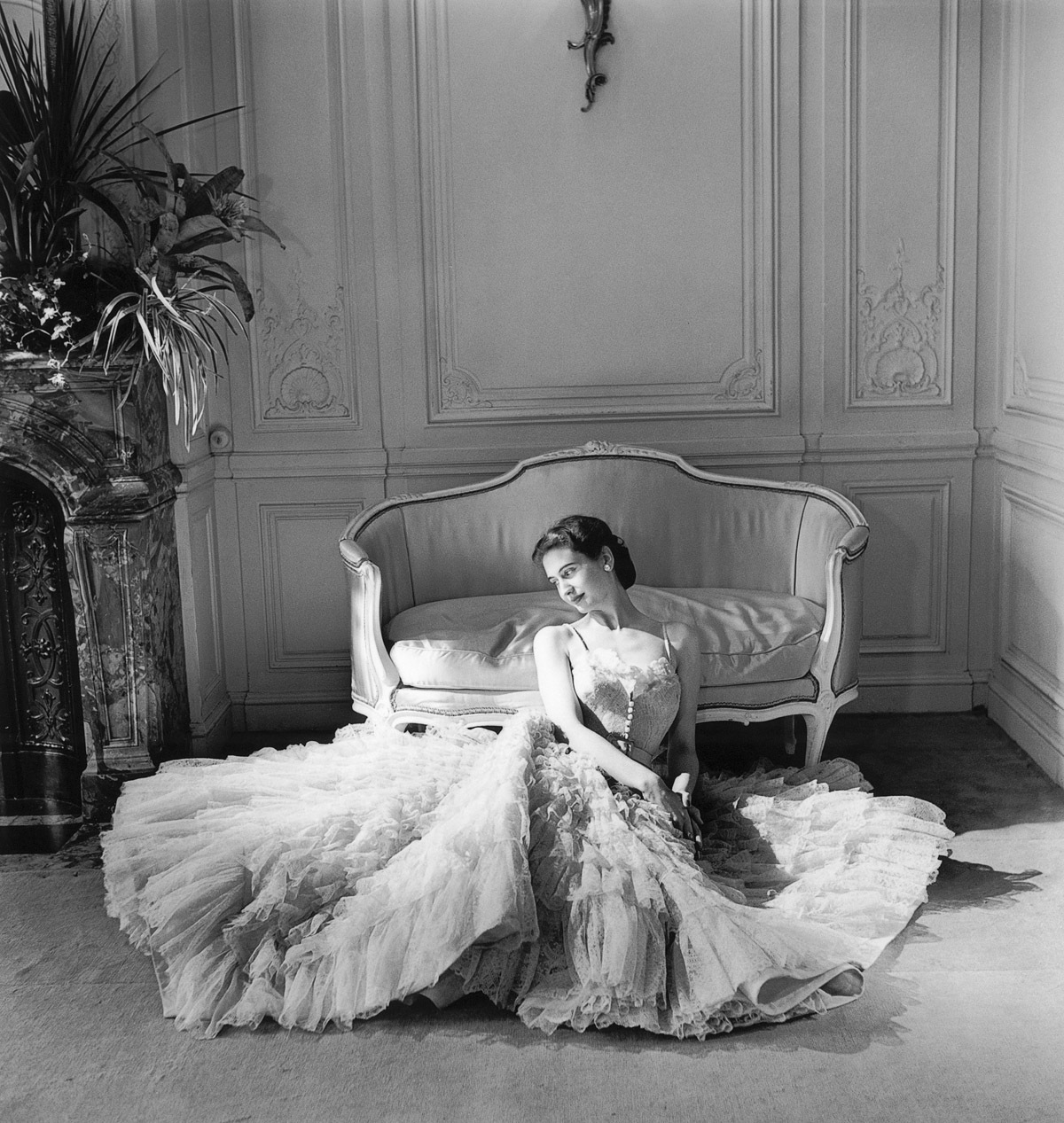
Magnificent Dior
“This final room will really reflect what people have in their mind when they think of Dior – the big ball gowns, technically astonishing and overtly luxurious examples that span the full 70 years: the volume, embellishment and the bling. This will include the velvets, laces and satins and a dress with a train that’s 4.5 meters long. We’ve had to leave a lot of space for that piece! That’s the tour. We couldn’t be more excited about being able to show people such a comprehensive overview of the house of Dior.”
The NGV’s The House of Dior: Seventy Years of Haute Couture runs from the 27th August – 7th November, exclusive to Melbourne.
For a limited time, Qantas is offering sale fares to Melbourne*, making it easier to experience this amazing exhibition.
*Sale ends 23:59 (AEST) 3 July 2017, unless sold out prior. Selected travel dates and conditions apply. Visit qantas.com for details.
Credits
Text Briony Wright
Photography (Lead Image) Bellini. Christian Dior and fashion model Lucky c. 1956 © Christian Dior
